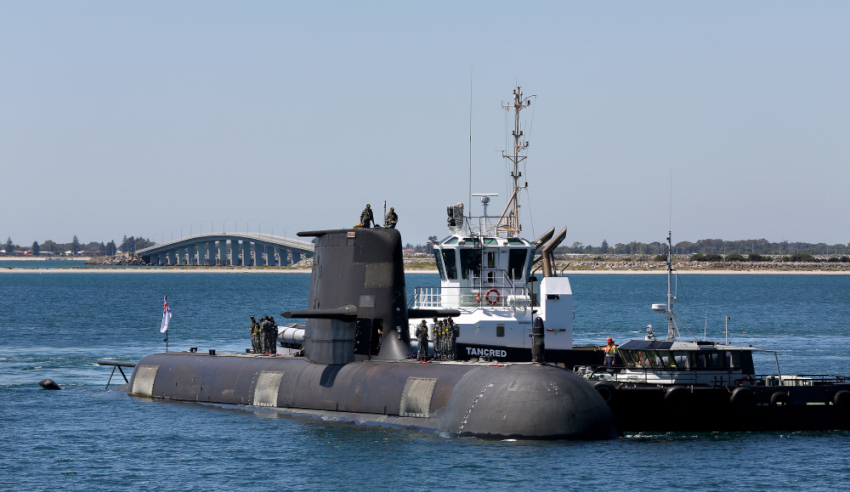ASC has secured a specialist support role with Saab, which includes providing the engineering services for the A26 submarine program to support the Swedish Royal Navy.
The agreement will see Australia's sovereign submarine company provide a range of services for Saab. ASC and Saab will launch a pilot program that sees ASC’s experienced submarine designers delivering specialist detailed design services in Adelaide for Saab’s A26 program.
Upon successful completion of the A26 program, ASC will then assist Saab with various future projects, throughout the life of the vessels.
ASC chief executive Stuart Whiley said the agreement is a show of faith in the company's three-decade experience in submarine design.
"The Saab-ASC engagement recognises ASC’s long-standing relationship with Saab on the Collins Class submarine. It also recognises ASC’s up-to-date design-to-build capability first developed in the Collins project in partnership with Kockums in the 1980s and 1990s," said Whiley.
Whiley is confident the program will have a positive impact on ASC's workforce, as well as provide additional opportunities and rewards for the company's engineers and designers.
Saab Australia managing director Andy Keough said the Swedish company is pleased to engage ASC in the Saab supply chain.
"This agreement with ASC is another example of Saab’s commitment to the Australian submarine enterprise and will facilitate engineering knowledge and experience transfer between Australia and Sweden," Keough said.
The A26 submarines will serve as successors to Gotland Class subs for the Swedish Navy, with deliveries will begin in 2022, and continue through to 2024.
A26's capabilities include maritime security, covert mine countermeasure, intelligence and reconnaissance, anti-submarine/surface warfare, mine-laying and other operations.
The A26 vessels have two distinct variants designed to conduct a variety of missions:
- Pelagic: Adapted for long-range missions in narrow or littoral environments. Highly manoeuvrable with high speed and a large weapon load, Pelagic submarines have a lower acquisition price and operating cost and can also be offered with the Stirling AIP technology for superior submerged endurance.
- Oceanic/ER: Submarines in the Oceanic Extended Range (ER) segment are the largest in the series, designed for much longer missions, greater crew size and increased weapon payload capability. Oceanic ER submarines enable long-distance operations, suitable for any navy using forward deployment of their submarines on extended missions.
ASC serves Australia's naval defence capabilities, with more than 2,500 employees across three facilities in South Australia and Western Australia. ASC has evolved into Australia's largest specialised defence shipbuilding organisation, with naval design and engineering resources unparalleled within Australia's defence industry.
Initially established in 1985, ASC was subsequently chosen in 1987 as the prime contractor for the design, manufacture and delivery of the Royal Australian Navy's fleet of Collins Class submarines.
In 2005, ASC was awarded the role of shipbuilder for the Hobart Class Air Warfare Destroyer project. These are the most advanced and complex warships ever built in Australia and are being constructed at ASC's state-of-the art shipbuilding facility, ASC South, located at Osborne, SA.



